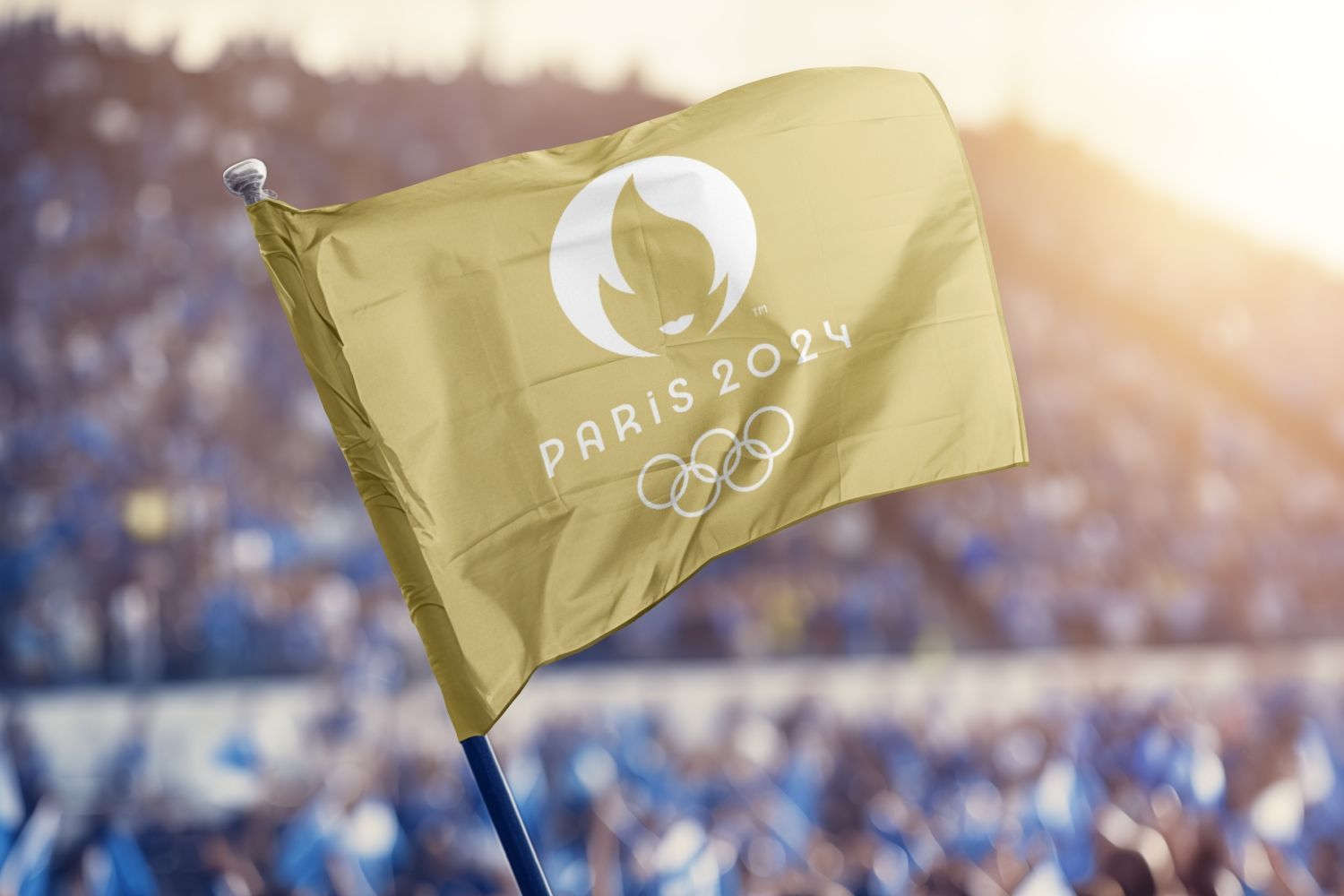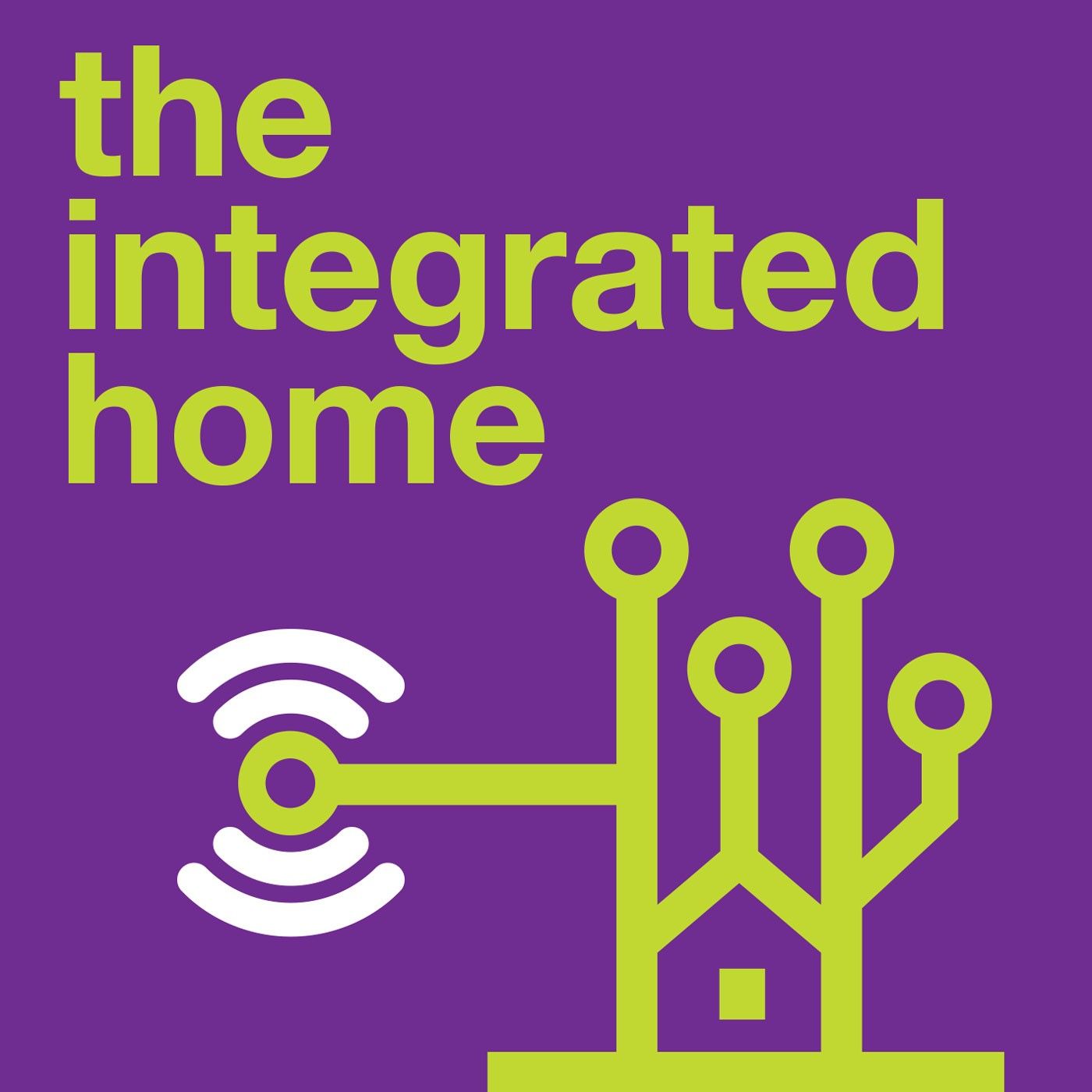The Olympics – a global showcase for AV technology

The crucial role of AV became apparent in the Opening Ceremony of the Paris games, which saw the iconic Olympic Cauldron favouring LED lighting and mist generators over open flame for the first time. The four-hour extravaganza in the city of dreams culminated in a spectacular projection mapping onto the Eiffel Tower with an accompanying light show, aweing over 28 million viewers worldwide.
Prominent ISE exhibitors Panasonic Connect and Samsung, as well as Digital Signage Summit Europe Premium Event Partner Intel, are all official suppliers to the Games, and pledged to create immersive live event and broadcast experiences in an ever more innovative and sustainable manner.

Panasonic helps meet sustainability goals
Ever since the 1992 Barcelona Games, when it helped achieve the first digital broadcast of the Games, Panasonic has been the official Audio/TV/Video Equipment sponsor to the Olympics and Paralympics. It has supplied projectors, professional displays, broadcast equipment and more to this year’s events.
In line with the sustainability goals set for Paris 2024, Panasonic’s priority has been to meet the AV demands of the world’s largest sporting event with more energy efficient solutions.
The massed deployment of the KAIROS live video production platform, for instance, streamlines the workflow by producing content for up to three venues in one KAIROS Core. The solution also signals increasing confidence in AV over IP systems, which have become the bedrock of the 2024 Olympics broadcast operations.
Also in the AV giant’s lineup are compact lightweight projectors, managed by the recently unveiled Panasonic Remote Managed Service. It is expected that their compact size and the remote workflow will significantly reduce transport, storage, and installation emissions, marking a new era of Olympic broadcast production.
Samsung brings audience closer
The Olympic Broadcasting Services (OBS) has an ambitious target for 2024 – to produce over 11,000 hours of content in total. While much will be created through venue-based equipment, Samsung has opted to offer original perspectives through a combination of its mobile technology and 5G connectivity.
In the Olympic Opening Ceremony alone, Samsung installed over 200 Galaxy S24 Ultra mobile phones on 83 athlete vessels. Using the first-ever 5G standalone network in France, installed by network supplier Orange, these devices captured the athletes’ authentic emotions as they sailed down the river Seine to the cheers of a 300,000+ crowd.
The device’s Optimised Image Stabilisation (OIS) technology, increased transmission speed and software improvements enabled seamless livestreaming. It is also heavily used in the Olympic sailing events held in Marseille, reflecting an unprecedented technological maturity in image stabilisation, software and 5G technology.
Samsung is a long-term partner of the Olympic Games, supplying over 120,000 mobile products since 1998 and creating the first official Olympic information service – the Wireless Olympic Works (WOW) app – in 2004.
Intel identifies tomorrow’s Olympians with AI
AI inevitably finds its way into any conversation about large-scale AV projects, but Intel’s mission of bringing ‘AI Everywhere’ is delivering tangible results to viewers, athletes and the organiser alike.
Intel’s AI-enhanced 3D Athlete Training (3DAT) system is capable of automatically collating, analysing, and displaying 21 information points across the human body. Biomechanical insights can be gathered by recording basic drills on a smartphone, and results significantly aid efforts in training and talent discovery. IOC’s pilot project already identified 40 children who showed promise in becoming future Olympians. Computer vision technology is also increasingly used in real-time refereeing.
Elsewhere, Intel’s AI-enhanced features are used to increase accessibility at the 2024 Olympic and Paralympic Games. 3D digital twins of multiple venues allow indoor voice navigation via a smartphone application.
Intel has been supporting the Games since the 2012 London Summer Olympics, fostering the adoption of 5G connectivity and emerging technology such as VR, drones, and AI.
Stay informed!
To discover the latest solutions and innovations from the big brands exhibiting at Integrated Systems Europe (ISE), as well as the hottest industry trends – sign up now.
Why ISE? Because it’s the world’s premier B2B show for audiovisual systems integration. If something dazzles your senses, revolutionises your work or makes an event unmissable, it probably originated at ISE.
Don't miss out – join our community today and stay at the forefront of the industry.



)
)
)
)
)
)
)
)
)
)
)

)
)
)
)
)
)
)
)
)
)
)
)
)
)
)
)
)
)
)